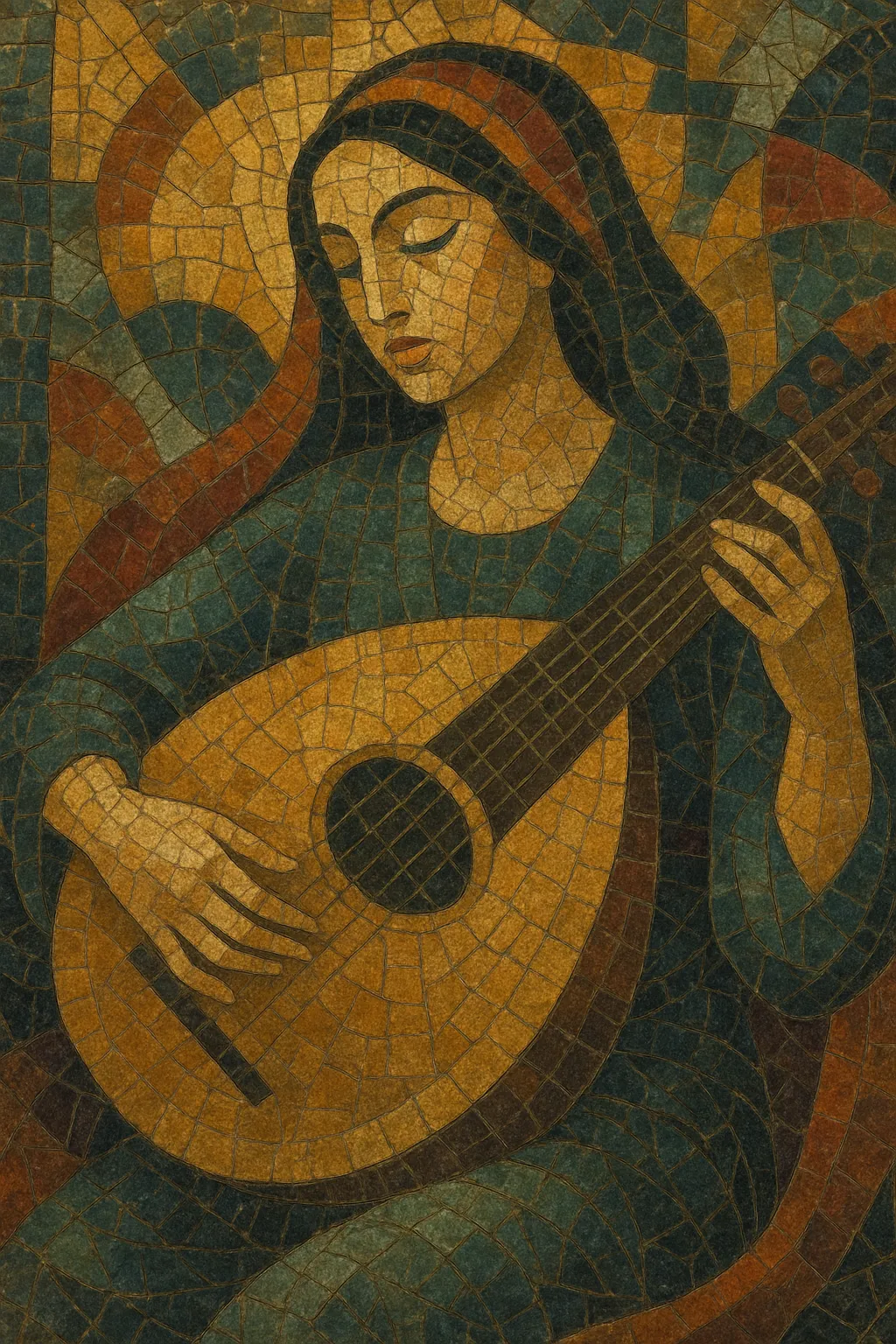Al-jadīd (Arabic for "the new") is the modernist current in Arabic song that emerged from early 20th‑century urban centers—most prominently Cairo—and reshaped traditional, maqam‑based music with expanded orchestration, new song forms, and selective Western harmonies.
It retains Arabic modal language (maqām) and rhythmic cycles (iqāʿāt), yet introduces larger string sections, cinematic introductions, modulating bridges, and dance‑derived meters such as waltz and tango alongside indigenous rhythms. Lyrically, it favors contemporary vernacular or refined colloquial poetry while preserving the expressive, melismatic vocal style associated with tarab.
The result is a long‑form, emotionally intense song tradition that bridges courtly/urban classicism and popular mainstream appeal, forming the foundation of the Arab world’s mid‑century “golden age” of music and later Arabic pop.
Al‑jadīd took shape in the interwar years, when composers and singers in Egypt—especially in Cairo’s thriving theater and recording scenes—sought “new” approaches to Arabic song. Pioneers such as Sayyid Darwish and Mohammed Abdel Wahab expanded beyond the small takht ensemble (oud, qanun, ney, violin) toward larger string orchestras and adopted staged song forms influenced by operetta and cinema. While preserving maqām/modal logic and iqāʿ rhythmic cycles, they incorporated Western meters (waltz, tango) and occasional functional harmonies to refresh texture and pacing.
By the mid‑century, al‑jadīd defined the “golden age” sound. Composers like Riyad al‑Sunbati, Mohammed Abdel Wahab, and Baligh Hamdi crafted long‑form ughniya built around orchestral preludes (muqaddima), vocal sections, instrumental interludes (taqsīm and ritornelli), and climactic modulations. Iconic voices—Umm Kulthum, Fairuz, Abdel Halim Hafez, Farid al‑Atrash, Asmahan—popularized this idiom through radio, films, and regional touring, spreading the style across the Levant and North Africa.
As records and radio networks connected Arab capitals, al‑jadīd aesthetics were localized: the Rahbani Brothers reimagined it in Lebanon with theatrical song cycles; North African arrangers blended it with Andalusi legacies; Gulf musicians folded elements into local genres. The style’s orchestral palette, modulating bridges, and melodic lyricism became a shared musical grammar for Arabic mainstream song.
Even as synths and drum machines entered studios, al‑jadīd’s DNA—maqām‑centered melodies, dramatic vocalism, and cinematic form—continued to inform Arabic pop and film scores. Contemporary revivals, orchestral tribute concerts, and archival reissues underscore its ongoing influence as a bridge between classical traditions and mass‑media songcraft.


